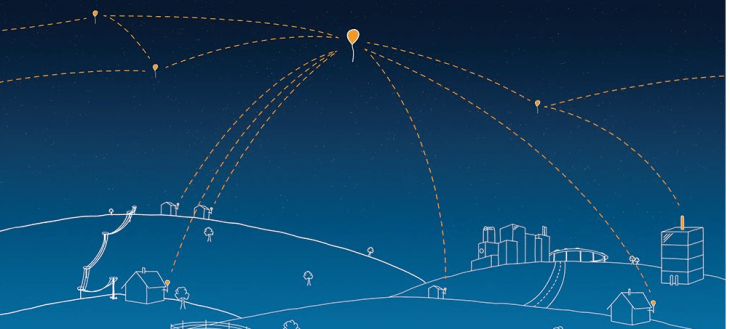Google’s self-driving cars may have an almost impeccable safety record, but chances are the company won’t be touting those same numbers about Project Loon — its attempt to bring Internet access to remote areas with the help of balloons — anytime soon.
According to the Yakima Herald-Republic, one of Google’s balloons crashed in a relatively remote area of Washington State last week and struck a power line. This cut the power to a small number of homes in the area at around 1 a.m. on Thursday. Power was restored at about 6 a.m.
The balloon likely launched from Nevada, where the company recently started testing in addition to its initial project in New Zealand.
“Since launching Project Loon in New Zealand last year, we’ve continued to do research flights to improve the technology,” a Google spokesperson told us when we asked about this incident. “We coordinate with local air traffic control authorities and have a team dedicated to recovering the balloons when they land.”
Given that Google was able to alert the FAA of the problem so planes could stay out of the balloon’s path, chances are that the balloon was brought down in a relatively controlled manner (though it’s unclear if Google used the safety parachute that’s on every Loon balloon).
The landing, however, didn’t quite work out as planned, it seems, and the balloon struck a power pole in the process. Talking to the Yakima Herald-Republic, Pacific Power spokesman Bob Gravely notes that when the utilities employees arrived, they found “what appeared to be a weather balloon with blinking lights entangled in the power lines off Harrah Road.”
The Project Loon balloons are designed to last about 100 days in the stratosphere. Given that this balloon likely launched from Nevada, chances are it wasn’t up in the air for all that long and it remains unclear what caused this crash.
Google launched the Loon project in New Zealand almost exactly a year ago. Recently, one of the balloons in Google’s test fleet circled the globe in just 22 days.
